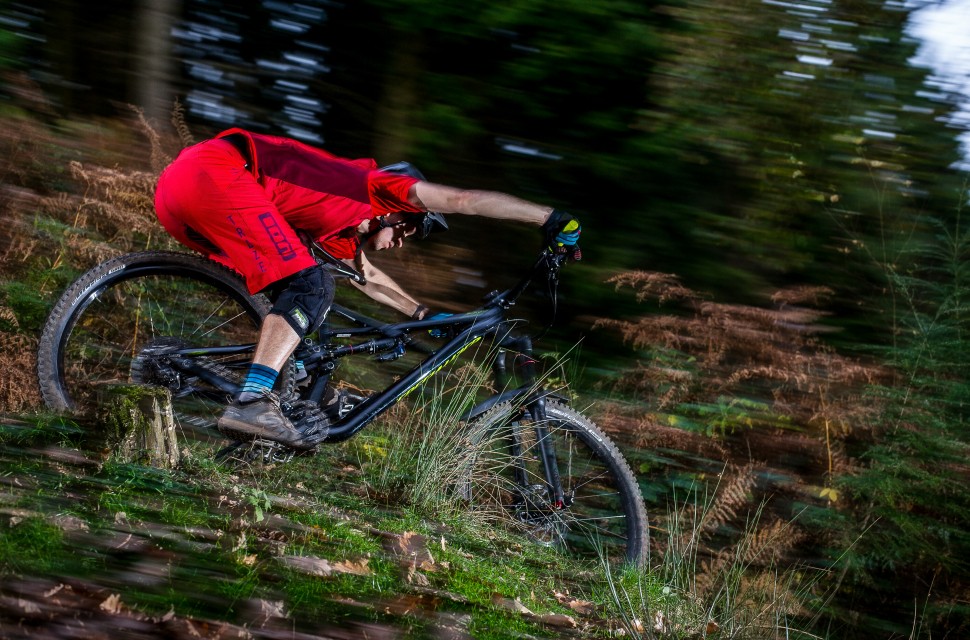
- Updated geometry is confidence inspiring
- Lively and playful ride characteristics
- Out-the-box spec ready for ripping gnarly terrain
- Long seat tube and short dropper combo limits movement on the bike
- Short chainstays hold the bike back when attacking extremes of up or down
- It's a bit heavy
The iconic Specialized Enduro 29er has always been a good bike for hard riding, but this long-legged classic just got better thanks to tweaked frame geometry. Despite some minor issues and compromises, it really is some machine and a massive leap in the right direction.
- Get the best mountain bike for you with our buyer's guide
- Review: Scott Genius 920 - progressively shaped, lightweight long travel trail 29er
- When should you replace your bicycle helmet?
As with the older model, the big wheels - switchable to 27.5" Plus if you wish - and 160mm of travel at either end remains, as does a Boost spacing rear end. This Comp model has an all-aluminium frame, but those with deeper pockets can opt for carbon fibre.
The notable changes include a longer reach number of 462mm on this large bike and shorter 45mm stems across the board (60mm for extra large), plus adjustable geometry via a chip in the shock yoke. When in the low setting you get a slacker head angle of 65.5º, a lower bottom bracket height of 346mm and a seat angle of 76.5º degrees.
The geometry adjusting system allows you to drop or raise the head angle by 0.5º with knock-on effects to the bottom bracket and seat angle. It's a shame that it looks and feels like a bit of an afterthought for a company like Specialized as it's pretty agricultural and due to the inline mount yoke system they use, swapping it around proves to be a bit of a faff - definitely not a ‘trailside’ job.
Having ridden every iteration of the Enduro 29er, its always been okay - even good at times - but it's always had a rather high bottom bracket and conservative frame numbers. Even this updated version sits at a whopping 354mm in high and 346mm in low is still fairly lofty - I'd prefer the option to go even lower.
Despite the longer reach, the steeper seat angle keeps the effective top tube at a far more reasonable 611mm meaning seated comfort is considerably improved over older models and makes climbing far more efficient. Ultimately, it means your body weight is in a better position for uphill sections and open your hips up nicely for power delivery. It also helps you weight the front wheel and keep it on the ground when the up’s get steep. All of the above equates to a healthy wheelbase of 1218mm on our large.
The build kit
The Comp model comes in at £2,999. You get a RockShox Yari RC fork up front, 800mm own-brand bars and 40mm stem, SRAM Guide R stoppers, a SRAM GX 11 speed drivetrain with Race Face Aeffect chainset and a RockShox Monarch Plus shock with Specialized's Autosag feature that makes basic pressure setup simple.
The flexy and not overly lightweight Roval 29mm internal width rims are laced to own-brand hubs, with grippy and stiff-sided Specialized Butcher Grid tyres front and rear. Finally, there's a super reliable internally routed Command IRcc post dropper, which I feel is too short at just 125mm of travel. Also, all Enduros now feature our old reliable friend, the threaded bottom bracket.
All in all, it's a reasonable build spec for the money and one that’s taken four months of hard winter riding with intentionally minimal levels of maintenance. Other than a couple of spoke tightening sessions and new brake pads, it's been faultless. The short dropper post is a massive bugbear of mine - please Specialized, just make a 150mm dropper post and keep your customers happy.
Ride time
Out on the trail, the Enduro is a totally transformed beast, the steep seat angle makes climbing easier, the longer reach, shorter stem and slightly slacker head angle makes descending hugely confidence inspiring and stability is improved considerably. The still-too-high bottom bracket and uber-short 430mm chainstays (for a long travel 29er) mean direction changes are as easy as digging heels and weighting the inside bar, luring you to slap corners with real aggression whilst that clevis clamped seat stay/rocker link connection keeps the back end stiff and responsive. Suspension kinematics are still typically Specialized in that it tracks the ground well and is active when pedalling ensuring there’s always grip.
However, adding a significant number of volume reducers in the Rock Shox Monarch shock helped with increasing support and preventing that sometimes wallowy sensation in the mid-stroke. I settled for a bit less sag than I’d like in order to increase shock pressure deeper in the travel. There’s sufficient ramp-up right at the end of the stroke to prevent harsh bottom-outs. Steep sections of trail are now dispatched more confidently due to the slacker head angle and longer wheelbase and there’s more space to weight the front end and find grip.
Going fat
Boost back-ends now mean many 29ers can take plus sized wheels and the Enduro is no exception to this. I tested this by slapping some 27.5" wheels with 40mm wide rims on the bike, wrapped in Specialized’s new 2.8 Butcher Grids. Doing this drops the bottom bracket height by roughly 8-10mm, which helps with the overly high feeling when running the 29" wheels. In one brief sentence to conclude on this wheel swap - if you want to make your new Enduro even better, fit some stiff side-walled Plus tyres to a wide rim and install in said bike, that is all. Genuinely outstanding levels of grip, stability and get out of jail free levels.
Shortcomings - literally
Despite the major improvements gained by the recent update, the new Enduro still has some inherent foibles. That high bottom bracket could be lower for starters and the flip chip system is messy, to say the least. The 15.4kg mass for our aluminium framed Comp model is heavy if you care about weight. The main irritations for me are only now highlighted by the lengthening of the front centre.
Those short 430mm chainstays mean there’s an element of disproportionate balance on the new Enduro, snappy and lively in the corners yes, but marginally unstable and vague if you’re not weighting the front wheel effectively. Slackening the head angle further and playing with shorter fork offsets rather than the 51mm as specced may help here. Also, when climbing steep stuff, the front end still wants to lift way before I’m overwhelmed, despite the steep seat angle and active rear suspension. A longer chainstay would improve both of these minor snags and make everything else I love about the new Enduro, even better.
My final bugbear is that these short chainstays almost certainly contribute to the requirement for the still-too-long seat tube. Acquiring room for that big wheel to move without contacting the seat tube means an obtuse-angled kink is required. With the seattube measuring 467mm on the large, its still way too long for the trails we’re now riding and entirely unnecessary given the myriad of long travel droppers now available - not that you’ll find one from Specialized of course! Finally, I’d still have it longer and slacker which I’d hazard a guess at becoming reality in the near future.
Special by name and nature
After nearly a whole winter of razzing the new Enduro on everything from local dirt jumps to all day epics and everything in between, it's by far the best Enduro I’ve tested to date, and definitely one of the most promising long travel 29ers available today. You’d do far worse than to test one if you’re in the market for a long-legged wagon wheeler.
You might also like:
About the bike
Tell us what the bike is for, and who it's aimed at. What do the manufacturers say about it? How does that compare to your own :
State the frame material and method of construction. List the components used to build up the bike.:
CHAIN KMC X11, 11-speed w/ Missing Link™
BOTTOM BRACKET Threaded BB, 24mm spindle
CRANKSET RaceFace Aeffect alloy crank, 24mm spindle, 28t direct mount ring, 6000 series alloy
SHIFT LEVERS SRAM GX, trigger, 11-speed
CASSETTE SRAM XG 1150, 11-speed, 10-42t
CHAINRINGS Steel, 28T
REAR DERAILLEUR SRAM GX, long cage, 11-speed
FRONT HUB Specialized, sealed cartridge bearings, 15x110mm spacing, 24h
REAR HUB Specialized, sealed cartridge bearings, 12x148mm thru-axle, 28h
INNER TUBES Standard, Presta valve
SPOKES DT Swiss Industry, stainless, 3-cross, 2.0"
RIMS Roval Traverse 29, hookless alloy, 29mm internal width, tubeless-ready, 24/28h
FRONT TYRE Butcher, GRID casing, Gripton compound, 2Bliss Ready, 29 x 2.3"
REAR TYRE Butcher, GRID casing, Gripton compound, 2Bliss Ready, 29 x 2.3"
SADDLE Body Geometry Henge Comp, hollow Cr-Mo rails, 143mm
SEATPOST Command Post IRcc, 12-position micro-height adjustable, alien head design, bottom mount cable routing, remote adjust SRL lever, 30.9mm, S: 100mm, M/L/XL: 125mm of travel
STEM Specialized Trail, 3D forged alloy, 4-bolt, 6-degree rise
HANDLEBARS Specialized DH, 7050 alloy, 8-degree backsweep, 6-degree upsweep, 27mm rise, 800mm, 31.8mm clamp
GRIPS Specialized Sip Grip, half-waffle, S/M: regular thickness, L/XL: XL thickness
FORK RockShox Yari RC 6Fattie, tapered steerer, 51mm offset, rebound / compression adust, 15x110mm Maxle® Ultimate thru-axle, Boost™ spacing, 160mm of travel
REAR SHOCK RockShox Monarch Plus w/ AUTOSAG, 3-position compression adjust, rebound adjust, custom tune, 57.1x215.9mm
FRONT BRAKE SRAM Guide R, hydraulic disc, organic pads, Guide S4 4-piston caliper, 200/180mm rotor
REAR BRAKE SRAM Guide R, hydraulic disc, organic pads, Guide S4 4-piston caliper, 180/160mm rotor
PEDALS Specialized Platform, Cr-Mo, 9/16" spindle
SEAT BINDER Alloy, 38.6mm
FRAME M5 alloy, X-wing layout, All Mountain Geometry, threaded BB, internal cable routing, ManFu link, oversized pivot bearings, alloy link and adjustable, shock extension12x148mm dropouts, replaceable derailleur hanger, 160mm of travel

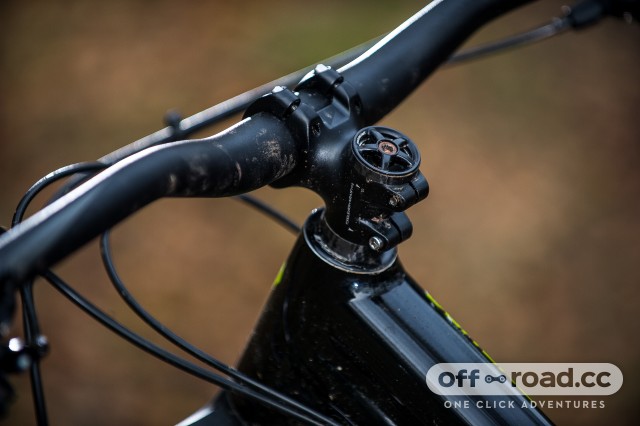
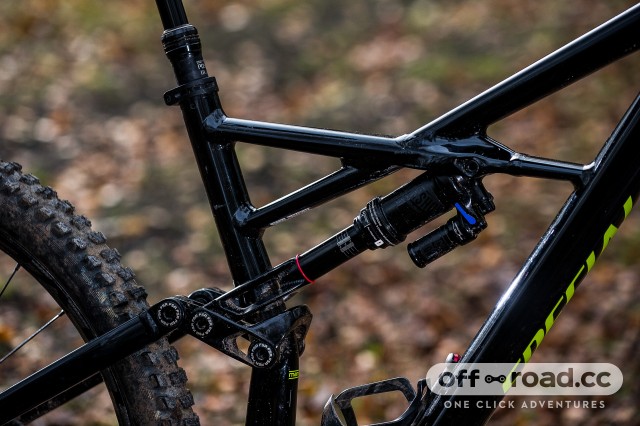
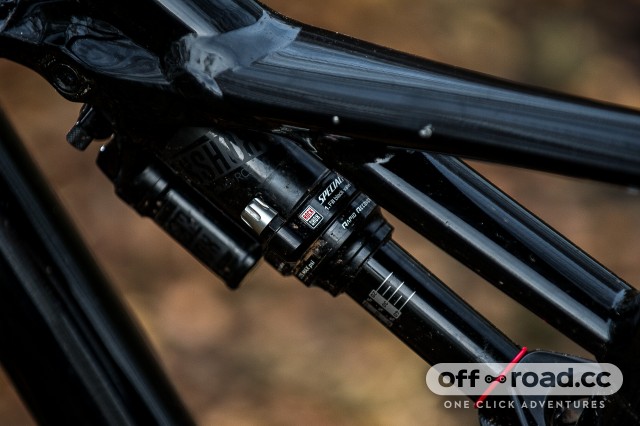


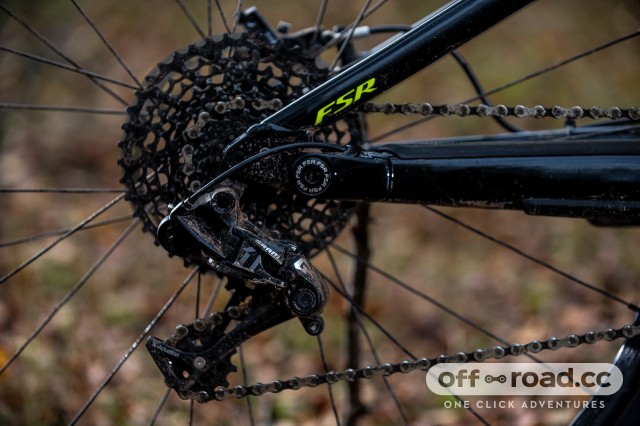

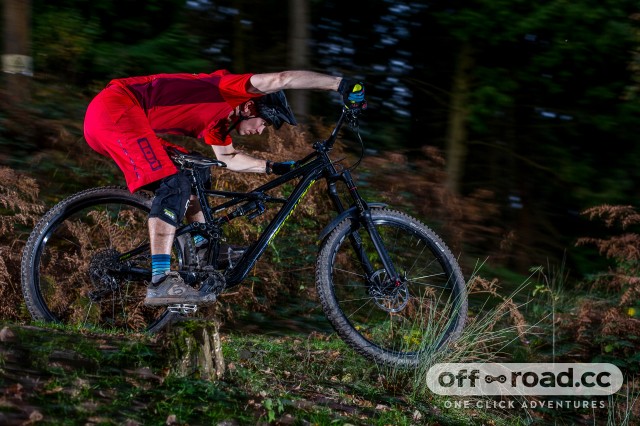
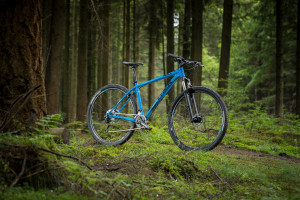

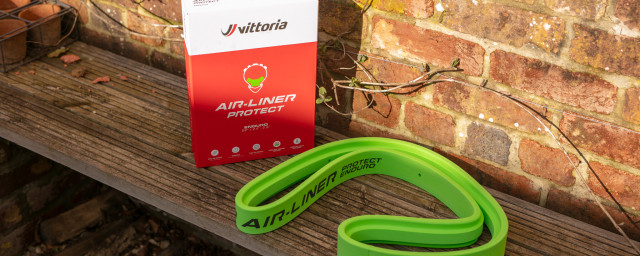
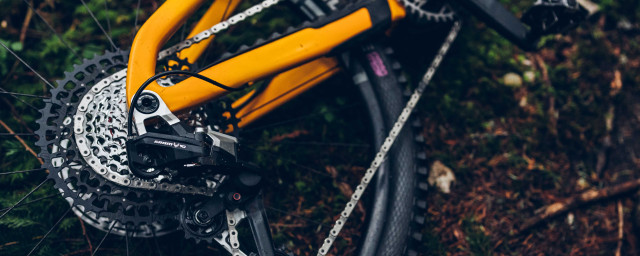

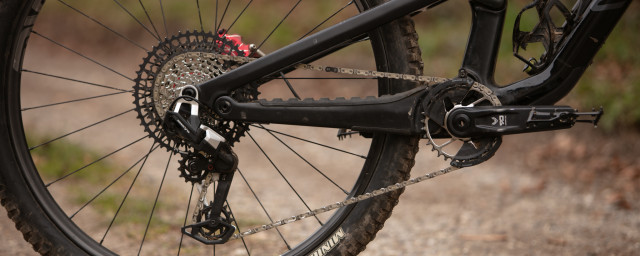
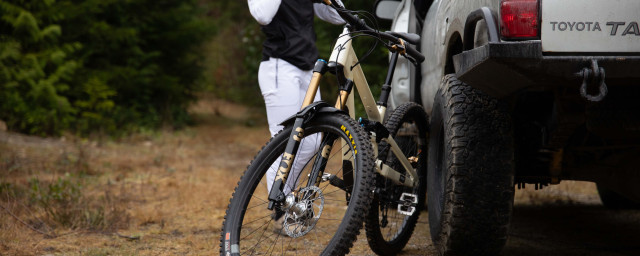
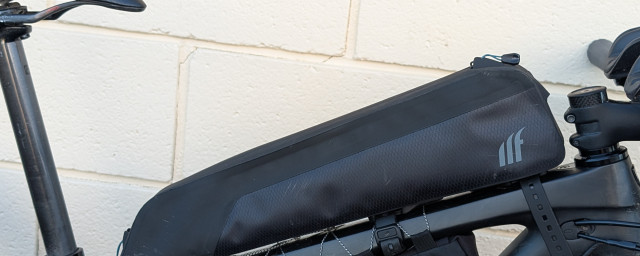
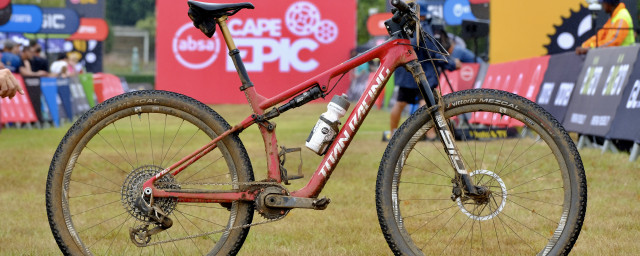

Add comment